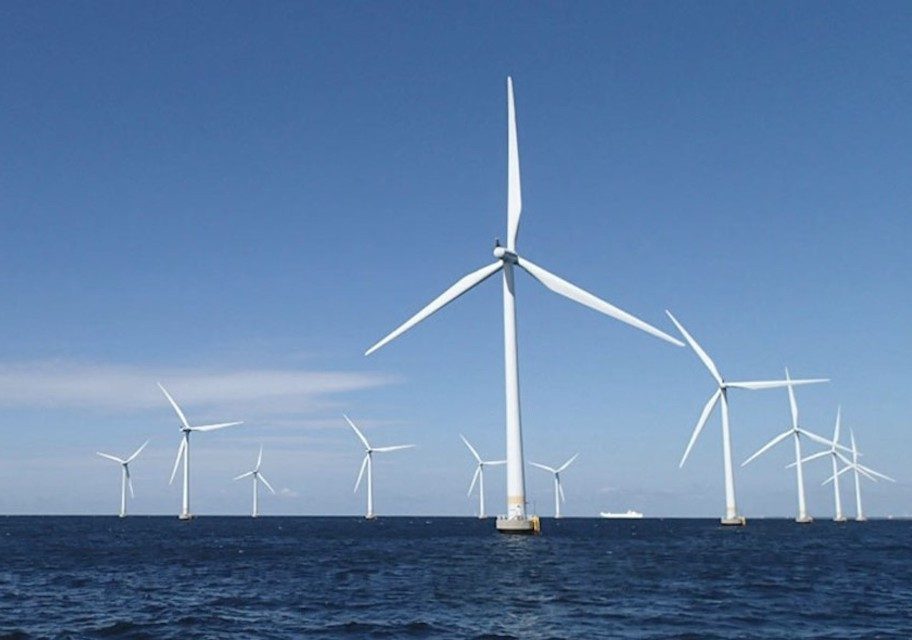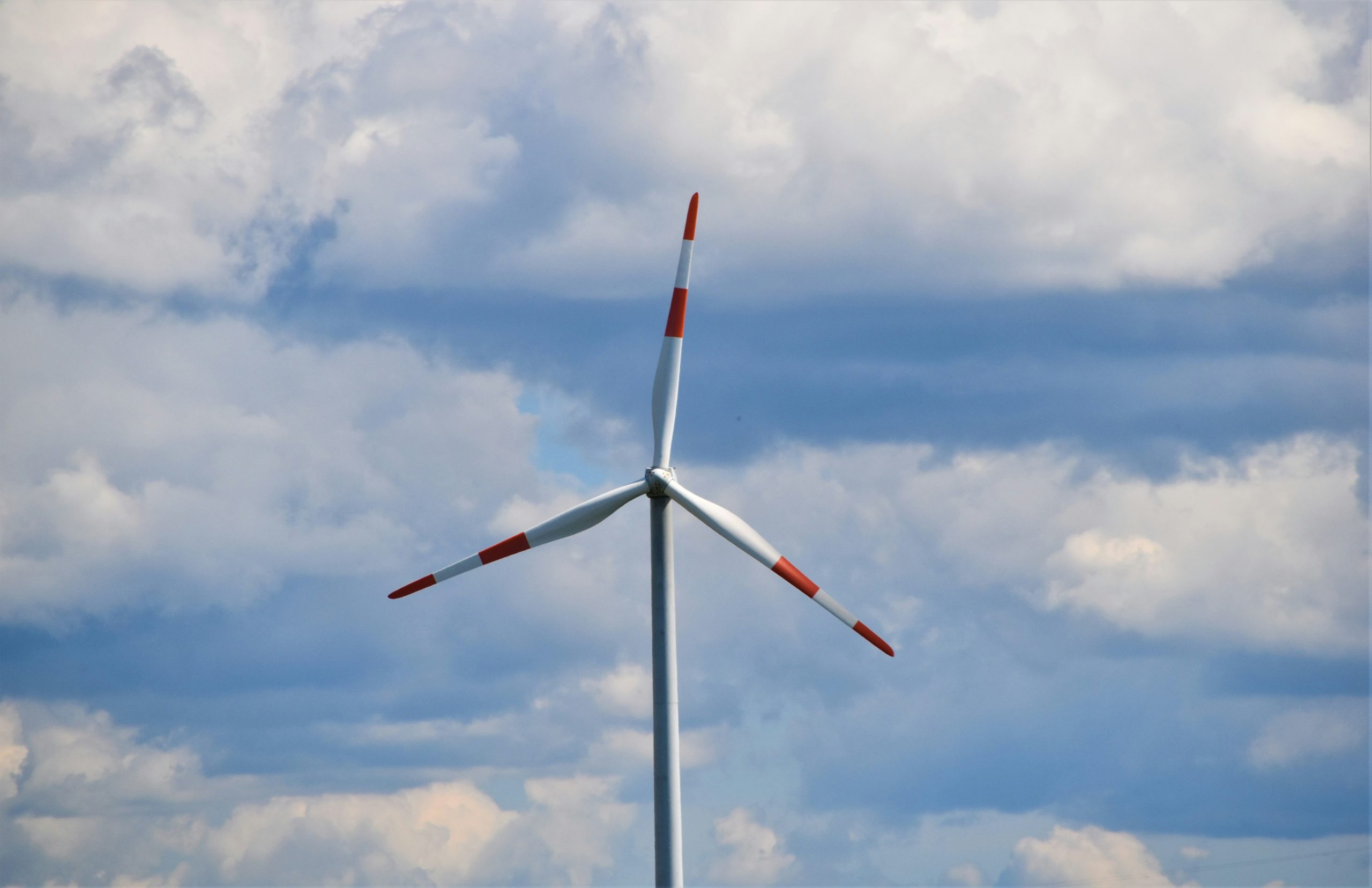According to the Danish analytical centre Aegir Insights, offshore wind energy is a promising solution to Sweden’s problem of electricity deficit in the south of the country.
According to data from Wind Europe, at the end of 2020, there are 5 offshore wind farms operating in Swedish waters with a total capacity of 192 MW, including 80 wind turbines. In practice, Sweden is limited in the offshore wind sector.
Aegir Insights analysts indicate that much more energy is used in the southern part of Sweden than is produced in this region. The southern region accounts for 18 percent of the country’s electricity consumption, while only 4 percent is produced in the area. This creates a deficit of energy that is imported from northern regions or from abroad. The southern regions also pay the highest electricity prices in the country.
Sixty-four percent of the energy consumed in southern Sweden comes from wind power, making the region number one in terms of the share of green energy in the energy mix. Aegir Insights states that if the region would wish to fully meet its energy needs in the future, it would have to consider developing offshore wind energy.
The southern region of Sweden has the greatest potential for offshore wind development due to wind conditions, proximity to ports and supply chains, but also to grid connection points. Most importantly, sea waters are relatively shallow, so there would be a chance to install turbines on solid foundations.
The consultancy centre points out that the construction of offshore wind farms would be attractive in terms of cost for Sweden. Farms built between around 2025 and 2030 in southern waters could provide energy at around EUR 40 / MWh (LCOE – the levelized cost of electricity). For comparison, a farm built in the northern waters of the country may be up to EUR 11 / MWh higher, especially in the waters of the Bothnian Bay, where the LCOE for an offshore farm may be EUR 49-60 / MWh, Montel reports.
It is worth recalling that the plan is to build the Kriegers Flak farm (640 MW) in the waters of the Baltic Sea, 30 km south of the coast. Developer Vattenfall hopes that the first energy from the farm will flow as early as 2028. The project would consist of 40-50 turbines, and their maximum height would be 280 m. The investor informed in April that the Skåne County Administrative Board had issued a permit to the developer in accordance with Natura 2000 regulations for the construction of the Swedish part of Kriegers Flak. Environmental studies are also currently underway along the planned onshore transmission route.
Source: Vattenfall, Aegir Insights
















